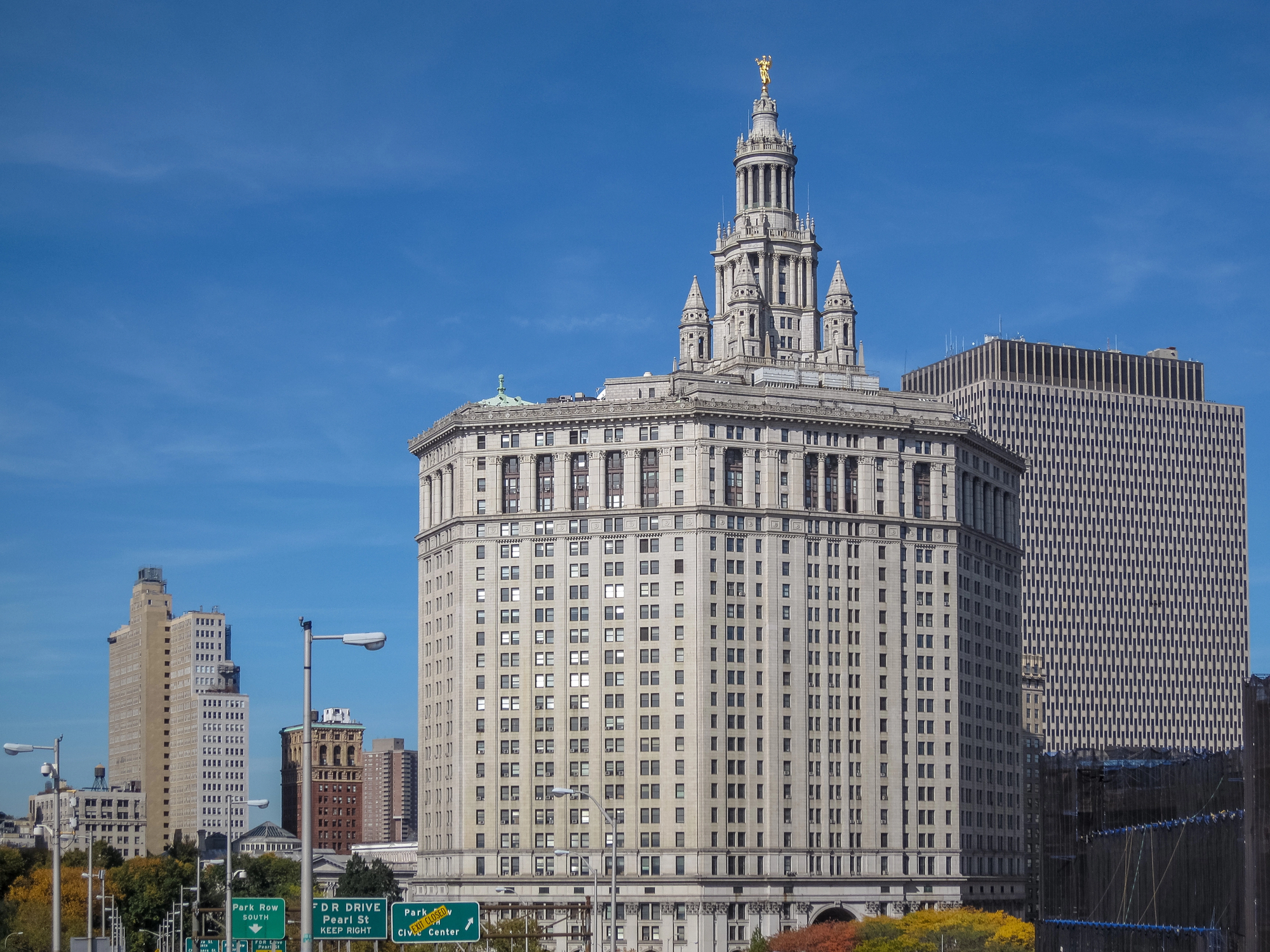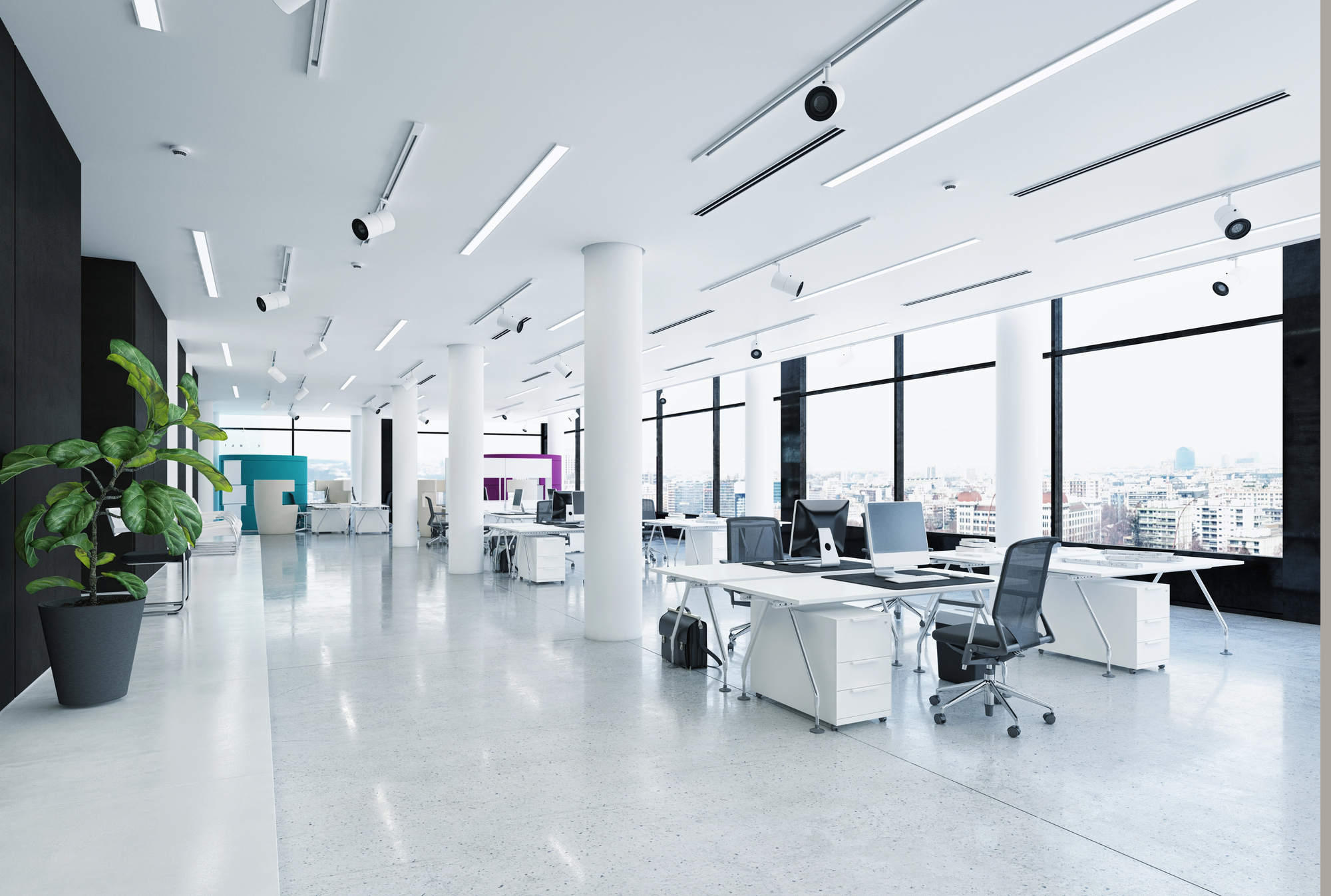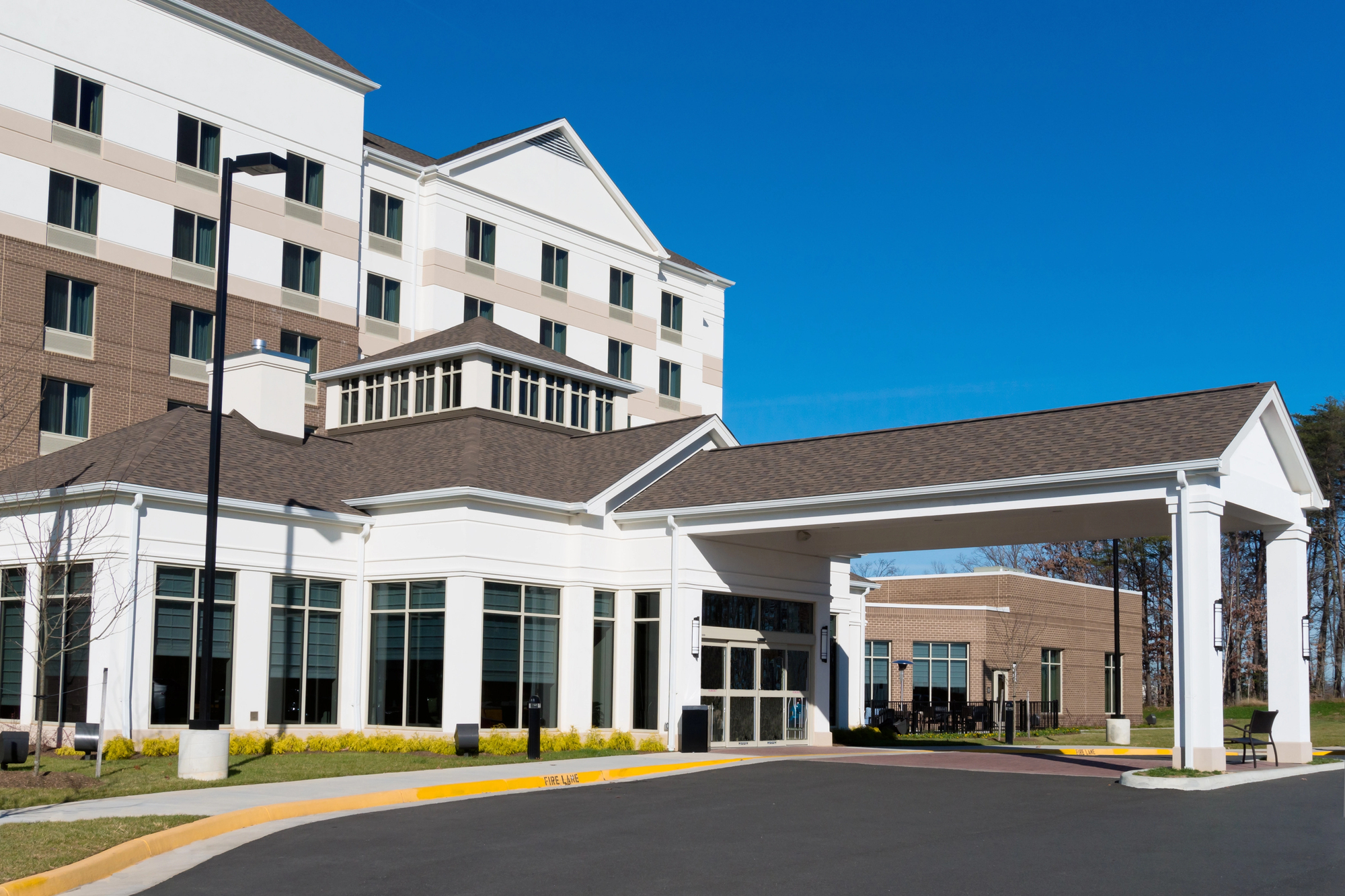November 30, 2025
The Role of Due Diligence in Securing Property Insurance
Securing commercial property insurance has become a more complex process in recent years, driven by rising claim costs,
In any commercial space, safety is not a luxury—it’s a necessity. Whether it’s a healthcare facility where patients’ well-being is at stake, an office building where employees spend most of their day, or a senior care facility where vulnerability is high, the structural integrity of the commercial building is instrumental in safeguarding people’s lives and experiences.
Unfortunately, many commercial spaces face challenges due to aging infrastructure, shifting building codes, and evolving safety standards. Therefore, commercial property owners need to invest in structural improvements and interior restoration to ensure that a space remains both safe and functional.
Simple cosmetic upgrades won’t be enough to address the deeper issues that can compromise a building’s safety. Instead, it requires a comprehensive approach—replacing outdated systems, reinforcing foundations, enhancing accessibility, and mitigating environmental risks.
Understand how thoughtful structural improvements can elevate safety and functionality across diverse commercial sectors, from hospitality to municipal buildings, and why such investments are crucial for the long-term health of both the commercial building and its occupants.

Before embarking on any structural improvement or restoration project, a thorough assessment of the space is required. Identifying potential risks and safety hazards helps prioritize the necessary changes to ensure the commercial building is safe for its intended purpose.
A commercial building assessment serves as a crucial first step. Structural issues like foundation cracks, compromised walls, and outdated electrical systems can present notable risks to building safety.
In many commercial spaces, especially older buildings, issues may not always be immediately apparent, making it all the more important to conduct regular inspections.
By identifying weak spots in the structure, businesses can take proactive measures to mitigate risks before they escalate into costly and dangerous situations.
Once risks have been identified, the next step is implementing structural improvements that attend to safety concerns and enhance the functionality of the specific commercial space.
In older commercial spaces, foundation deterioration can lead to serious safety hazards. Reinforcing the foundation helps protect the structure from shifting, settling, or collapsing, particularly in areas prone to natural disasters such as hurricanes or flooding.
Regular foundation checks and reinforcing load-bearing walls can prevent long-term structural damage, enhancing the commercial building’s safety.
Ensuring accessibility is a key part of improving safety, particularly in senior care, healthcare, and hospitality spaces. This often involves installing ramps, elevators, and wider doorways to accommodate individuals with mobility challenges.
For example, non-slip floors are a must-have in healthcare and senior living facilities to reduce the risk of slips and falls. Additionally, structural changes such as installing wider hallways and handrails can ensure that individuals with disabilities can move through the space safely.
Installing fire-rated doors, reinforced firewalls, and updated sprinkler systems is essential for improving fire safety. The materials used in commercial buildings must meet specific fire-resistance standards to reduce the spread of fire and smoke.
In high-risk areas like hospitals and senior care facilities, these upgrades are especially important. Structurally reinforcing fire exits and ensuring the building’s ventilation system is designed to reduce fire hazards can help save lives during an emergency.
Water damage is a significant concern in many commercial buildings, especially in regions where heavy rainfall or flooding usually occurs. Waterproofing foundations, basements, and bathrooms helps prevent water intrusion that can result in structural damage, mold growth, and compromised building integrity.
Addressing moisture issues as part of a restoration project ensures the space remains safe and functional in the long term.
In multifamily and institutional buildings, where multiple tenants occupy shared spaces, moisture control is especially important to protect both the structure and the occupants.
Many commercial buildings must accommodate heavy equipment, furniture, or high foot traffic. Healthcare facilities, for example, require strong, reinforced floors to support medical machinery, while offices need spacious, durable layouts for desks, equipment, and meeting rooms.
When planning structural changes, commercial contractors must assess and adjust load-bearing walls and floors to accommodate the added weight. These changes improve the safety of the commercial building while ensuring it can handle evolving demands over time.

Restoration projects serve as a way to breathe new life into aging commercial buildings while ensuring they meet modern safety standards.
As commercial buildings age, the wear and tear on structural elements becomes more apparent. Roofs, walls, and floors that have suffered years of exposure to the elements require restoration.
Roof repairs, for example, can prevent leaks that could compromise the entire structure. Similarly, fixing cracks or holes in walls and ceilings can prevent further damage that might affect the commercial building’s stability.
Certain areas in a commercial building may become unsafe due to structural instability. In multi-story buildings, for example, stairwells, railings, and floor joints need to be reinforced regularly to ensure they meet safety standards.
Managing these issues through restoration can eliminate potential hazards for residents, employees, or guests.
Retrofitting older buildings with modern safety features is a highly effective way to improve both safety and functionality.
Adding earthquake-resistant features, upgrading roofs for extreme weather conditions, or installing energy-efficient windows are examples of how restoration can improve a building’s resilience.
Retrofitting also ensures compliance with updated building codes and environmental standards.
In industries like hospitality and multifamily housing, occupants expect a safe, well-maintained environment. When commercial spaces are structurally sound, tenants are more likely to remain long-term, reducing turnover rates and the associated costs of finding new occupants.
Structural improvements help ensure a building meets current legal standards, avoiding the risk of legal issues or hefty fines. In addition, keeping up with regulatory changes can prevent costly violations and provide peace of mind to commercial building owners and managers.
Proactively addressing structural issues through improvements not only ensures safety but also helps reduce ongoing maintenance costs. Fixing issues like cracks in the foundation, roofing problems, or outdated systems before they worsen can prevent expensive repairs in the future.
Improvements also extend the lifespan of the commercial building, protecting the investment and ensuring the space remains functional for years to come.
Above all, the safety of employees, residents, and visitors is paramount. Structural improvements such as reinforcing load-bearing walls, enhancing fire safety features, and addressing accessibility concerns help create a secure environment.
With a focus on safety, businesses can reduce the likelihood of accidents, lower liability risks, and foster a secure atmosphere for everyone in the commercial building.

Creating a safe and functional environment in a commercial space requires thoughtful planning and ongoing structural improvements. Working with experts to assess potential risks and guide necessary upgrades ensures the commercial building remains secure and efficient.
If you’re ready to enhance your commercial property, contact BlueTeam today. We specialize in structural improvements, restoration projects, and emergency preparedness to ensure your space is safe, resilient, and ready for the future.